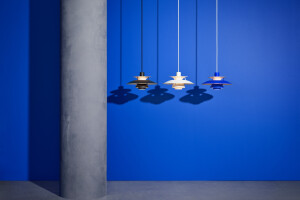Background
The Taringa house, originally a four-room worker’s cottage is located along Stanley Terrace, a traditional street lined with character housing in an inner west suburb of Brisbane. Topographically, the street follows the natural ridge line of the area. The site falls away from the street, sloping to the rear boundary.
Concept
The program, driven by the desire to accommodate the majority of family activity within the addition, has generated two juxtaposed but contrasting building forms defined in this text as the ‘old’ and the ‘new’.
Pragmatically, the ‘old’ cottage functions as an entrance from street level, also accommodating a guest bedroom, bathroom and overflow living space. The ‘new’ addition is the core of everyday living in the house. It contains the kitchen, main living area, dining and bedrooms. The existing cottage and the addition are articulated as separate identities. The cottage retains its principal role of addressing the street and tying into the existing street fabric. The addition faces the rear of the site and celebrates the landscape. The functions of the old and the new remain distinct; public and private, street and backyard, visitor and family, entry and living. The cottage retains much of its original detail, whilst the addition is contemporary in form, which is not immediately apparent from the street.
Topography
Addressing the land topography a circulation spine begins as a small insertion at the entrance to the cottage, unfolding to become an intrinsic part of the new addition. Connecting the two contrasting building forms, the circulation spine creates a ceremonial entrance from the existing cottage at the top of the site.
A key element of the existing landscape is an existing Jacaranda tree located almost in the centre of the site. The Jacaranda has been retained and celebrated as a focal point to the addition. A double height glazed living area central to the addition opens out to the Jacaranda and sub-tropical vegetation of the backyard, blurring the boundaries between inside and out.
A second entry at the mezzanine level between the existing cottage and the addition becomes a functional entrance, allowing access to parking underneath the existing cottage whilst also mediating between the old and the new.
Materials
Materially, the off-form concrete of the stair contrasts to the lightweight construction of the cottage and the addition. The double height glazing to the main living space is steel framed, contrasting to the timber frame applied to the bedrooms. The timber window mullions to the bedroom are structural, supporting the second floor and the roof. Glazed louvres span between the vertical structural mullion uninterrupted, free of horizontal supports, optimising the extent of transparency and cross ventilation.
Externally, the addition is clad in fibre reinforced compressed cement boards and perforated copper with a patina finish with polycarbonate sheeting over. The perforated copper skin provides shade, whilst the polycarbonate skin provides waterproofing. This layering of materials creates transparency and translucency to the outdoor space, which is constantly changing across the day with the variation of light and shade.

































